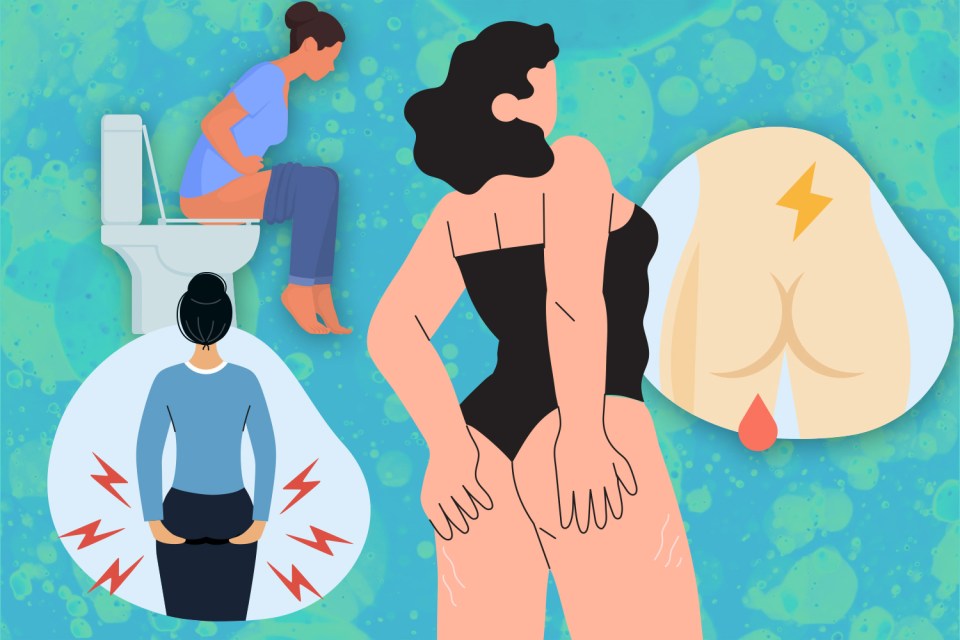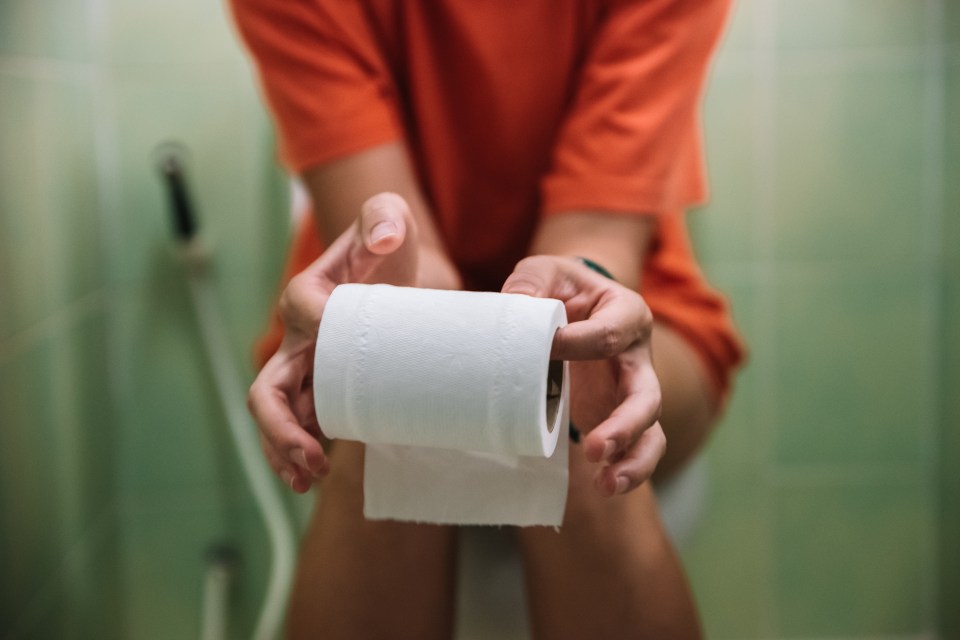ANAL cancer rates have been rising globally – and now scientists have identified a group of people most at risk.
Since the early 1990s, anal cancer incidence rates have increased by more than three-quarters (77 per cent) in the UK, with about 1,500 people diagnosed with it each year.
A similar trend had been seen in the US, with researchers noting the biggest rise among older women
Lead author Ashley Robinson, a second-year internal medicine resident at Advocate Lutheran General Hospital, explained: “Rates of anal cancer are rising fastest among white and Hispanic women over 65 — groups not traditionally considered high risk
“While the exact reasons behind this trend remain unclear, most older women were beyond the recommended age for human papillomavirus vaccination when it first became widely available.”
Human papillomavirus, known as HPV, causes 90 per cent of anal cancers.
As part of the study, the researchers analysed data from the National Cancer Institute’s Surveillance, Epidemiology, and End Results database from 2917 to 2021.
They found anal cancer increased by 2.9 per cent for women and 1.6 per cent for men.
Anal cancers increased fastest among white women over 65, who saw 4.3 per cent increase during the five-year study period, reaching 11.4 cases per 100,000 in 2021.
If the trend were to continue, the researchers said the incidence of anal cancer in women over age 65 would double in less than 17 years.
Hispanic women over age 65 had the second-highest rate of anal cancer, with 7.5 cases per 100,000 people in 2021 and a slower annual increase of 1.7 per cent.
“It’s crucial that we promote HPV vaccination as a key tool for preventing anal cancer, while also keeping health care providers informed as screening guidelines evolve,” Dr. Robinson said.
“These findings highlight specific patient groups who may benefit from targeted screening for anal HPV and anal cancer.”
Anal cancer is considered rare, making up around 2 per cent to 2.5 per cent of gastrointestinal cancers.
Approximately 90 per cent of cases are linked to HPV infections, making it the most significant risk factor.
There’s no national screening programme for anal cancer in the UK because the cancer is rare.
While most cases of anal cancer are linked to HPV, there isn’t currently a reliable test to check for HPV in the anus.
Anal cancer symptoms
One of the best things to do is to look out for symptoms.
Anal cancer symptoms can be difficult to spot, as they often mimic more common and less serious conditions like hemorrhoids or anal fissures.
Some individuals may experience no symptoms at all in the early stages.
The NHS says to watch out for the following six signs:
- bleeding from your bottom
- itching and pain around your anus
- small lumps around and inside your bottom
- a discharge of mucus from your bottom
- having problems controlling when you poo (bowel incontinence)
- needing to poo often with looser, runnier poos
You may be more likely to get anal cancer if you:
- have anal sex
- are over the age of 75
- smoke
- have had cervical, vaginal or vulval cancer
- have a weakened immune system, such as from HIV or an organ transplant
Find out how you can reduce your risk below…
How to reduce your anal cancer risk
You cannot always prevent anal cancer, but the HPV vaccination is one of the best ways to protect against anal cancer.
All children aged 12 to 13 are offered the HPV vaccine.
It helps protect against cancers caused by HPV, as well as genital warts.
The HPV vaccine is also recommended for other groups at higher risk of getting HPV, including:
- men aged 45 years old and under who have sex with men
- trans men and trans women aged 45 years old and under if their risk of getting HPV is the same as men who have sex with men
- sex workers
- people with HIV
There are also healthy changes you can make to lower your chances of getting anal cancer:
- use a condom when having sex to lower your chances of getting HPV
- keep sex toys clean and do not share them
- try to quit smoking
Source: NHS

